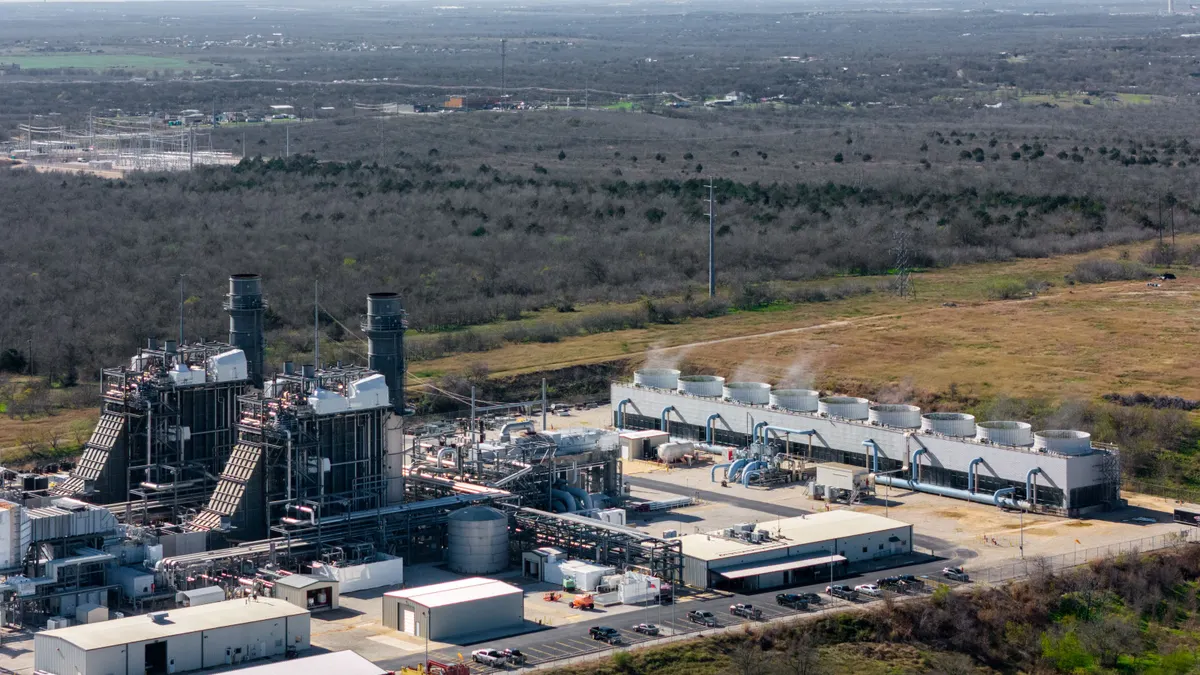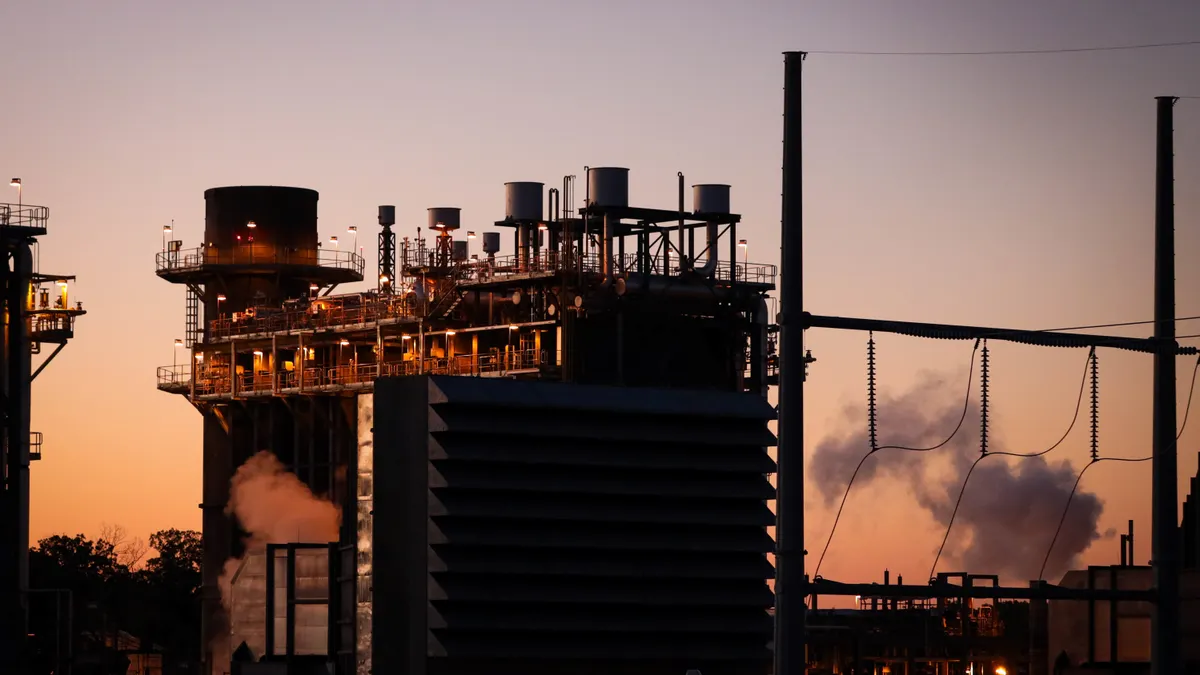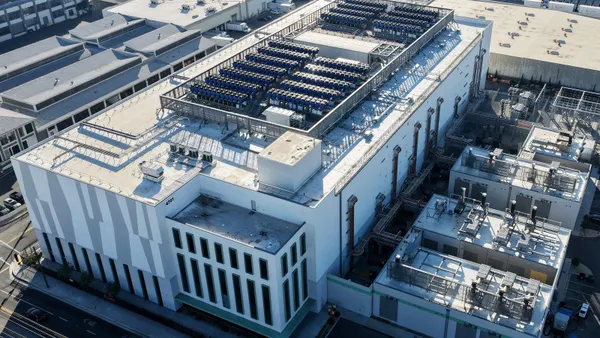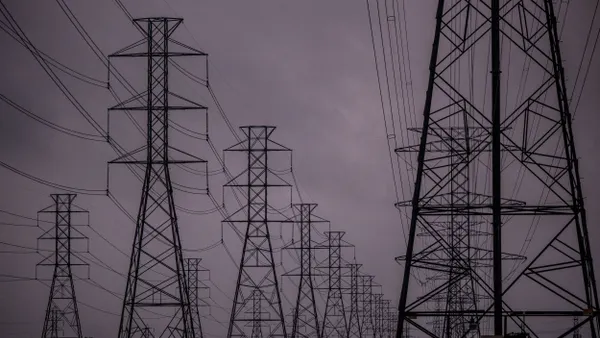Dive Brief:
- Lincoln Electric System (LES) has extended a demand response study aimed at lowering peak demand in its territory, after administrative issues and mild weather hampered the experiment, the Lincoln Star Journal reports.
- Equipment installed in the homes of 200 participants will remain in place another year, the utility said, and the study will be restarted in June 2016.
- A total of 400 residents signed up to participate; one half received free programmable thermostats and online interfaces to control the temperatures in their rooms through smartphones, tablets or home computers. The other half can use an app to control the temperatures remotely.
Dive Insight:
Lincoln Electric System will continue a demand response program next summer, after mild weather and some administrative delays stymied the utility's research. The $500,000 pilot was being conducted in conjunction with the Electric Power Research Institute, and will pick up again in June 2016.
"We got out of the gates a little late," Marc Shkolnick, energy services manager for LES, told the Lincoln Journal Star. A mild summer also impacted the study: the utility saw a cooler-than-normal July and August, when it had been hoping for "your typical hot, humid Nebraska."
In addition to the demand response study, which targeted peak loads, earlier this year the utility launched a "virtual Energy-Efficient Home" to show customers recommendations for enhancing home energy efficiency.
“This new feature simplifies the concept of energy efficiency by bringing all of the key actions we recommend under one virtual roof,” Shkolnick said in a statement. “Customers can view specific areas of the home and find energy-efficiency opportunities, such as updating their air conditioning equipment. This site pulls together everything a customer needs to know about that action, including resources and energy-saving programs.”
And last month, LES said that for the second year in a row it would not be proposing systemwide rate increases for the upcoming year. While the utility's budget rose about 10%, the company said it would not require a systemwide rate adjustment, in part because of increases in wholesale power revenues.













